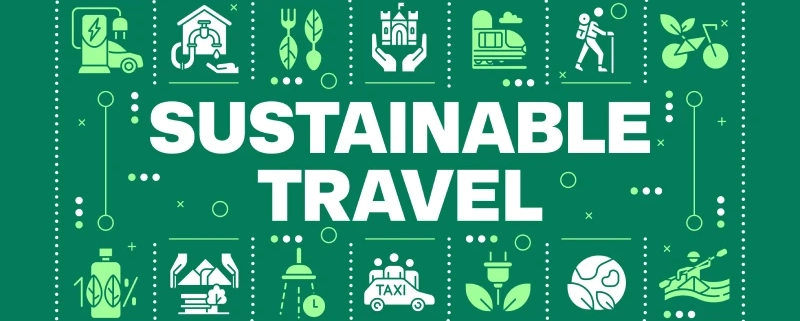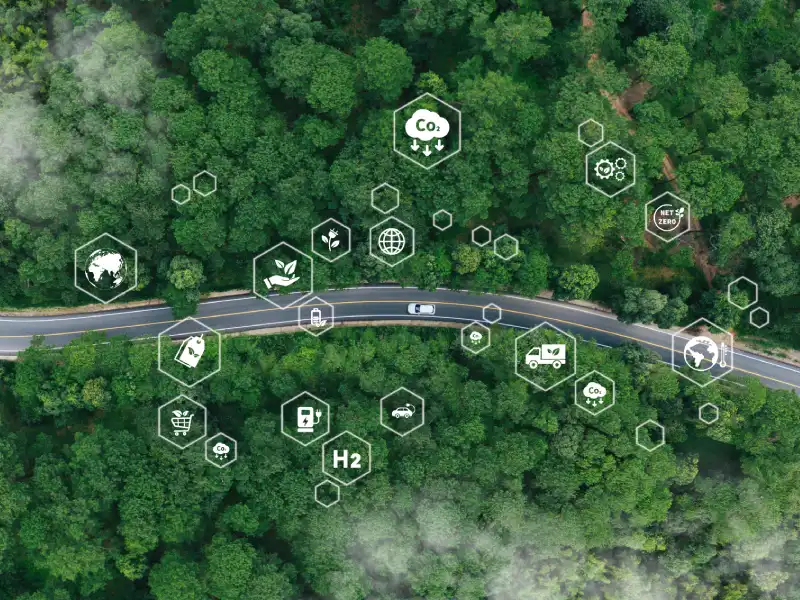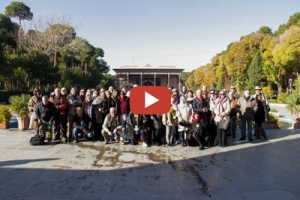What Is Sustainable Tourism?
In today’s world, where nature is under pressure and cultures are constantly changing, the way we travel matters more than ever. As more people explore the world, the need to protect the environment, support local communities, and preserve cultural heritage is growing exponentially. This is where sustainable tourism comes in. But what exactly is sustainable tourism? And how can each of us become a better, more thoughtful traveler? This article explains sustainable tourism in a clear and simple way. In this article, you will find useful ideas on how to make your trip more meaningful, for yourself, for the people you meet, and for the planet.
What Does Sustainable Tourism Mean?
Sustainable tourism means traveling in a way that does not harm the environment or local people. It involves thoughtful decisions that safeguard the environment, celebrate cultural identity, and bring positive outcomes to the people living in the places we travel to. In short, sustainable tourism respects the planet and its people, prevents harm to them, and strives to preserve them. Rather than focusing solely on fun and relaxation, sustainable tourism also asks the question: “How can I help?”
For example, choosing to stay in a family-run guesthouse instead of a large chain hotel can support local families. Eating locally grown food helps support farmers and reduces pollution from transportation. Visiting cultural sites with care helps preserve them for future generations. Sustainable tourism does not mean giving up comfort or adventure. It means being aware of your impact and trying to make a positive difference.
Why Is Sustainable Tourism Important?
Tourism is one of the world’s largest industries. Millions of people travel every day. This brings many benefits, including jobs, money, and cultural exchange. But it also brings problems. Popular tourist destinations can become overcrowded. Beaches and forests can become polluted. Traditional ways of life can disappear.
Sustainable tourism helps solve these problems. It focuses on long-term goals instead of short-term profits. The idea is to make tourism a force for good, for nature, for local economies, and for future travelers. If we do not think about sustainability now, many of the places we love to visit may no longer exist and be destroyed in the future. Beautiful coral reefs, ancient temples, and peaceful villages could be damaged forever. That is why sustainable tourism is so important.
Sustainable Tourism Development
It refers to building the tourism industry with long-term thinking, making sure growth is handled responsibly and with care for both people and nature. This requires governments, businesses, and travelers to work together to protect resources and improve the lives of local people.
Development should not only benefit tourists, but should also improve the lives of the people who live there, both now and in the future. Some of the main goals of sustainable tourism development are:
- Protecting the environment: This means reducing pollution, saving water and energy, and protecting wildlife.
- Supporting local communities: Hiring local workers, buying local products, and respecting local traditions.
- Preserving cultural heritage: Helping to keep local languages, festivals, and architecture alive.
- Limit visitor numbers: In some places, too many tourists can cause damage. Managing visitor numbers is important.
- Use resources wisely: Tourism uses land, water, and energy. Sustainable planning means using these resources wisely.
Sustainable Tourism Practices
Let’s take a look at some real-life sustainable tourism practices that are making a difference; these examples show that sustainable tourism is not just an idea, it is something that can be successfully implemented in many places.
In Costa Rica, many eco-lodges are built with natural materials and run on solar energy. Guests are encouraged to recycle, save water, and learn about local wildlife.
Bhutan controls the flow of visitors by setting strict limits, ensuring that tourism there remains respectful to the environment and the local way of life. This helps protect the culture and environment while still earning income from tourism. It also helps visitors better understand the true value of tourist sites.
In Kenya, community-owned wildlife reserves allow local people to earn money from tourism while protecting animals like lions and elephants.
What Is Sustainable Tourism Management?
Sustainable tourism management means organizing and operating tourism in a way that protects the planet and helps people. This includes putting in place laws and programs to reduce harm and increase benefits.
Hotels can better manage their waste by recycling and avoiding single-use plastics.
National parks can create walking trails to prevent people from damaging plants.
Tour guides can be trained to share local knowledge and encourage respectful behavior.
Good management also means listening to local people. They often know best how to care for their environment and culture. Tourism is more respectful and fair when communities are involved in decision-making.
Sustainable Travel
Sustainable travel starts with the choices you make. You do not have to change everything about your trip, but a few smart decisions can make a big difference. Sustainable travel is not about being perfect. It is about doing your best to travel with care and kindness. To begin your journey on the right foot, consider these simple yet effective suggestions:
- Whenever you can, choose ground transportation like trains or buses to lessen your environmental footprint.
- Pick smaller, eco-friendly hotels or guesthouses instead of large resorts.
- Support local businesses; eat at local restaurants, buy handmade crafts, and take tours with local guides.
- Bring a reusable water bottle, bag, and utensils to reduce plastic waste.
Sustainable Travel Tips for a Better Journey
Responsible travel does not mean your trip will be any less enjoyable.
In fact, it often makes your experiences richer and more rewarding. Here are a few sustainable travel tips you can follow; they are easy to follow, but can have a lasting impact:
- Do your research: Learn about the culture, customs, and environment of the place you are visiting. This shows respect and helps you avoid mistakes. Having background information also makes your travel experience more enjoyable and enriching.
- Pack light: The heavier your bag, the more fuel your plane or car will use, and the less comfortable you will be when you travel.
- Stay longer in one place: Instead of rushing through many places, spend more time in fewer destinations. You will see more, learn more, and create less waste.
- Avoid animal attractions: Do not support places that keep wild animals in cages or force them to perform tasks. Choose wildlife experiences that are ethical and respectful.
- Help: Volunteer a few hours or donate to a local project. It will make you feel great.
The Rise of Green Travel
Green travel is another term often used to describe environmentally friendly and sustainable ways to explore the world. It focuses on reducing your impact on nature. Green travel helps you stay close to nature while protecting it. Read these examples to learn more about green travel.
- Staying at accommodations that are certified as eco-friendly.
- Going on hikes, bike rides, or canoe trips instead of using cars or boats with engines.
- Eat plant-based or local foods, which often have a smaller environmental footprint.
- Using apps or maps that help you find low-impact travel options.
What Is Responsible Travel?
Responsible travel means thinking about how your actions affect others. It means being aware, thoughtful, and respectful at every step of the journey. Traveling responsibly comes from an attitude of awareness and care, not from following strict instructions. When you travel with empathy and respect, you create positive connections and lasting memories. To be a responsible traveler, here are some things to keep in mind:
- Dress modestly and in culturally appropriate attire.
- Ask people before taking pictures.
- Do not take anything from nature like shells, plants, or rocks.
- Do not bargain too hard with small vendors. A little extra money for you may mean a lot to them.
- Be patient and open-minded. Each society follows its own customs and traditions, shaped by history, beliefs, and daily life.
Final Word
In this article, we talked about sustainable tourism and listed its principles and various dimensions. As you have seen, all people who are somehow related to tourism have duties and responsibilities for the sustainability of tourism. As a tourist, you can also take a step towards sustainable tourism and preserve this environment for your future generations. If you visit nature, take good care of it, and do not damage natural attractions. Do not litter, cool and extinguish fires, do not injure tree branches, and do not leave negative traces. Consider the local economy and make your purchases from destination stores and local vendors. Approach your journey with mindfulness and respect for the values, traditions, and way of life of the people you meet. By doing these things, you can act more responsibly and take an important step towards sustainable tourism.
Are you planning to travel to Iran and looking for an Iran travel agency? Check out our Iran tours and feel free to contact us.











Leave a Reply
Want to join the discussion?Feel free to contribute!